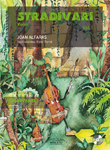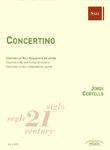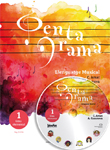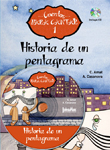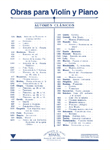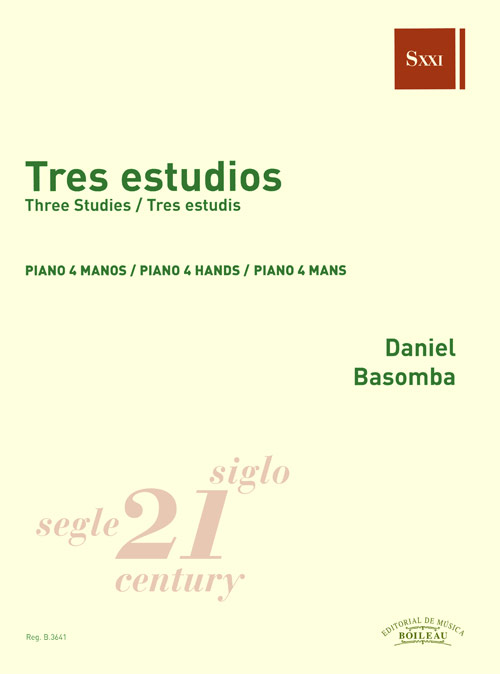WORKS
- Genre
-
Musical education
- Choir
- Counterpoint
- Dictation
- Direction
- Exam study manuals
- General music pedagogy
- Harmony
- Hearing
- Illustrations / Posters
- Improvisation / Sight reading
- Instrument methods
- Instrument pedagogy
- Instrumental study repertoire
- Instrumentation and orquestration
- Musical language
- Solfège
- Templates
- Theory and analysis
-
Incidental music
-
Lined paper
-
Flamenco
-
Religious music
-
Classical / contemporary
-
Modern music
-
Folk music / traditional
-
Musicology
-
Divulgation
-
Games and hobbies
-
Music therapy
-
Children / Youth
-
- Instruments
- Ensemble
- Difficulty level
- Period
- Genre
SOPORTE
Search
Find here: books, scores, composers, digital pieces, cd's
Best-selling works
Our classics

Newsletter
I wish to be informed of the news about your music
We have received your e-mail correctly
Multimedia
Tres estudios
Three Studies / Tres estudis
2 Pianos o Piano a 4 manos
BASOMBA, DanielBASOMBA, DanielBASOMBA, DanielReg.: B.3641
21,90 €
P.V.P. (VAT included 4%)
Add to cart
- Ensemble: Duos: .
- Genres: Classical / contemporary: Chamber.
- Language of the comment: Català/English/Castellano
- Product format: Partitura
- Difficulty level: Intermediate
- Period: 2nd half S. XX - XXI
- Publishing house: Editorial Boileau
- Collection: Siglo XXI
- No. of pages: 48
- Measure: 31,00 x 23,00 cm
- Lenght: 11'50"
- ISMN: 979-0-3503-0887-1
- Available in digital: No
- Available for rent: No
These Three Studies for four-handed piano were conceived of as a triptych whose unifyng principles were to be the first-slow-fast movement order of the classical sonata and a symmetrical arrangement of tonalities with A major accupying the centre (F minor- A major- C minor). The term "Studies" alludes not so much to the 19th century pedagogical concept of pieces-as-exercises, as to an attempt to extend, investigate and study the possibilities of expression and texture of the piano for four hands.
The First Study is generated out of a single rhythmical motif whose development is modified by the intervention of two contrapuntual passages. A certain difficulty of execution arising from the need to cross hands in both sections of the keyboard conforms, in this case, to the traditional definition of "study" as an exercise concerned with a specific technical problem.
The Second Study might be defined as a study of expression, being the explicit disposition of an ostinato accompaniment and two superior voices in conversation. I cannot help, listening to this study, being reminded of the texture of the slow Largo of Bach´s Concerto for 2 violins and the manifest pathos of the Andante of Prokofiev´s 2nd Violin Concerto.
The Third Study is an exercise in rhytmical interpenetration in which continual changes of accentuation and metre are combined with passages of a light and mellifluous character.
It is a long-standing ambition of mine to supplement this work with three more tryptiches and, so, complete a set of twelve studies for four-handed piano.
Daniel Basomba
Allegro (5'06")
Largo (3'52")
Allegro (2'46")

